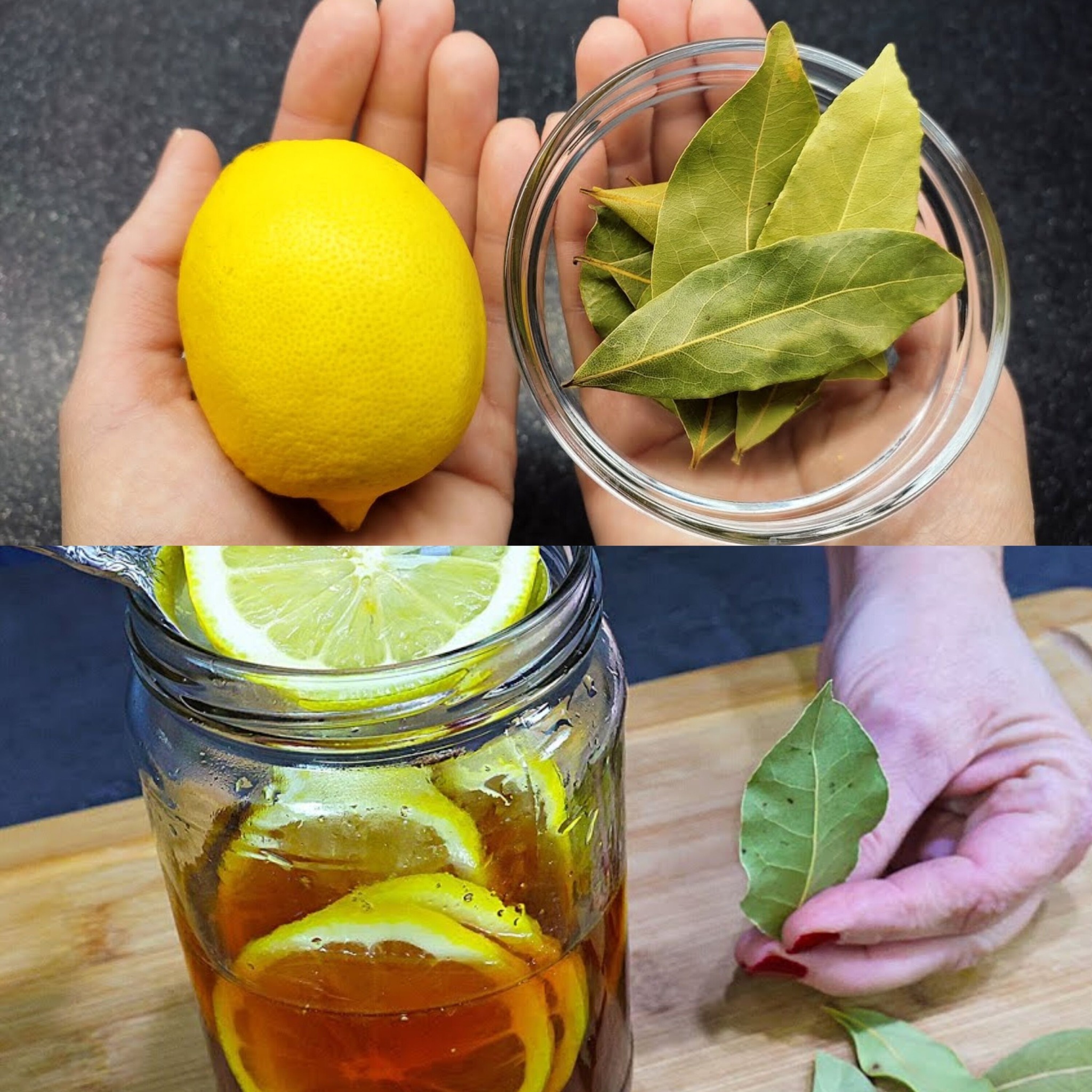5 fresh bay leaves
1 large lemon
2 cups of water
Instructions:
Prepare the Bay Leaves: Start by washing the bay leaves thoroughly to remove any dirt or impurities.
Boil the Water: Pour the water into a saucepan and bring it to a boil.
Add the Bay Leaves: Once the water is boiling, add the bay leaves and let them simmer for about 10 minutes. This allows the beneficial compounds in the bay leaves to infuse into the water.
Prepare the Lemon: While the bay leaves are simmering, wash the lemon and cut it into thin slices.
Combine and Simmer: After 10 minutes, add the lemon slices to the saucepan. Let the mixture simmer for another 10-15 minutes.
Strain the Syrup: Remove the saucepan from the heat and strain the mixture into a clean jar or bottle, discarding the bay leaves and lemon slices.
Cool and Store: Allow the syrup to cool to room temperature before sealing the jar. Store it in the refrigerator.
How to Use the Syrup
For the best results, take one tablespoon of this homemade syrup three times a day. It’s particularly effective when taken first thing in the morning, before meals, and before bedtime. This natural remedy can help soothe your throat, reduce coughing, and support your overall respiratory health.
Additional Tips for Managing a Cough
To further ease your cough and support your recovery, consider these additional tips:
Stay Hydrated: Drinking plenty of water helps to thin mucus and keep your throat moist.
Use a Humidifier: Adding moisture to the air can help soothe irritated airways.
Rest: Giving your body time to heal is essential, so make sure to get plenty of rest.
Conclusion
Persistent coughs can be bothersome, but with this simple, homemade syrup made from bay leaves and lemon, you can find natural relief. This easy-to-make remedy harnesses the power of natural ingredients to soothe your throat and ease your cough. Give it a try and experience the soothing benefits for yourself. Here’s to a cough-free, healthier you!

